
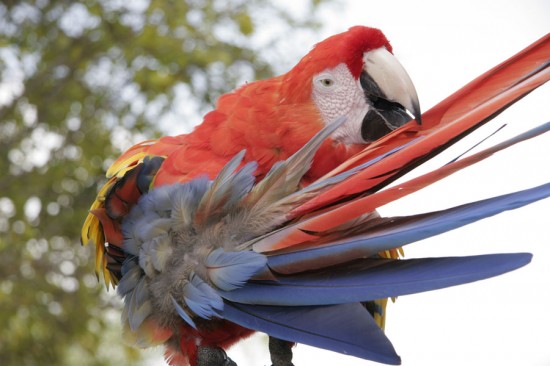
If you are reading this article, then you probably already own a cheeky pet parrot. This article discusses how to keep your parrot happy and healthy. The most common reason for feather plucking and chewing feathers is boredom. Parrots are intelligent creatures with the brain capacity of a five year old. They need plenty of activity and toys to occupy them throughout the day.
Parrots moult twice a year and grow back a new set of feathers. There is no need to worry if you find many feathers in the bottom of the cage around spring and autumn as your parrot will be moulting. You might notice pin feathers on your bird's head. These are the new feathers, encased in a quill. The quill is like thin plastic. Wild birds usually preen each other, so you could help by gently rubbing your parrot's head to remove the quills and release new feathers.
If your bird is feather plucking, it may have a bare chest or jagged edges on its tail and wing feathers. It's important to stop the feather plucking as soon as possible, otherwise the feather follicles will be damaged and will never be able to grow back. Unfortunately, feather plucking can be a habit or a behavioural problem in some birds and no amount of treatment will cure it. Sometimes, it can be hard to find a reason for this behaviour.
There are many reasons for feather plucking, such as hormonal problems and diet issues. Stress related plucking due to loss of a family member, moving home or being sold to a new family is common. Parrots are often sold or neglected at the age of three, when hormones can transform them into a screaming, biting devil bird. It's important to remember a parrot is a wild animal and not domesticated like a cat. Careful training, handling and plenty of attention will result in a happy parrot that will give you a lifetime of joy and pleasure.
Often, the parrot can be healthy and pluck for no apparent reason. Take your parrot to a vet to check for feather mites and then follow these guidelines to help your parrot cheer up.
All parrots have their favourite foods like chips or prawn crackers, but keep these to a minimum. You will notice your parrot prefers the unhealthy junk food, just like their humans! Never feed your parrot chocolate or avocado as that is poisonous to them. It is best not to feed your pet bird on a sunflower seed diet alone as it is fattening. They need a variety of green food and fruit too. They eat a mixture of fresh fruit and seeds in the wild as there are no fish and chip shops. They get minerals from mountainside clay, which counteract the poison from certain fruits. Mineral blocks can be purchased from a variety of pet shops.
Feed chunks of apple, pineapple, and pear mixed with green vegetables. If your parrot is anything like mine you may have to chop the vegetables up small and hide them amongst the tasty fruit. For variety, offer you parrot a mini version of your dinner, but exclude the meat as they do not eat that in the wild. They enjoy cooked potato, peas, sweet corn, cabbage, broccoli and it is full of vitamins.
It's essential to keep your parrot's beak and claws trimmed. This might seem to be an impossible task, but all they need is a concrete perch placed higher than their usual wooden perch so they have to step up onto it. Parrots use their beak as they step up and then their claws. Perches designed for keeping claws short are perfect for this. Concrete pedicure perches or sand covered pedicure perches are perfect and come in a wonderful array of colours to brighten your parrot's cage.
Parrots love to be the centre of attention and their cage position should reflect this. They want to be with their owners in the busiest place in the house - the lounge. They enjoy the hustle and bustle of people coming and going and the sound of the television or radio. There's plenty for them to see and hear. Sing along to music or your favourite soap opera and your parrot will soon join in.
Parrots love to play, especially with their owner. Ensure you have at least twenty minutes of eye contact with your parrot a day. Talk, tickle and play games.
Play simple games with your parrot like boo and provide plenty of toys. It is best to rotate toys so the parrot has plenty of 'new' ones to play with. A heavy-duty ball with a bell inside is ideal for the bottom of the cage, a couple of hanging toys like a bell and a wooden block with a treat in for the parrot to chew. A small bowl of foot toys, that can be used again when dropped. Toys do not have to be expensive. Push toilet roll tubes, egg boxes, kitchen roll tubes through the bars of the cage or string them together with leathers and hang them inside the cage.
Let your parrot out of the cage for a few hours each day, so it can stretch its wings and fly. It might want to stick to your shoulder, but if you can train your parrot to fly to you, then you will be giving him attention, eye contact and playing a game all at the same time.
There is no need to treat your parrot if it performs a trick. The best treat the parrot can get is the owner's praise. Saying, 'Good boy or girl' repeatedly, in a highly animated voice will make your parrot very happy.
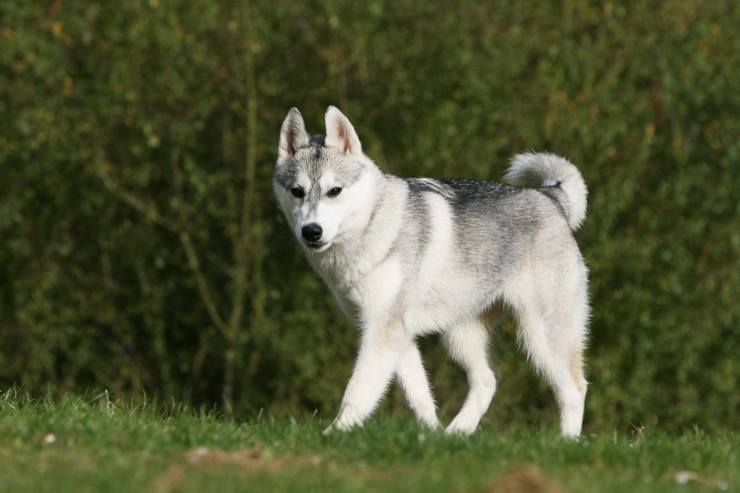 What Factors Affect Where A Roaming Dog Will Wander?
What Factors Affect Where A Roaming Dog Will Wander?
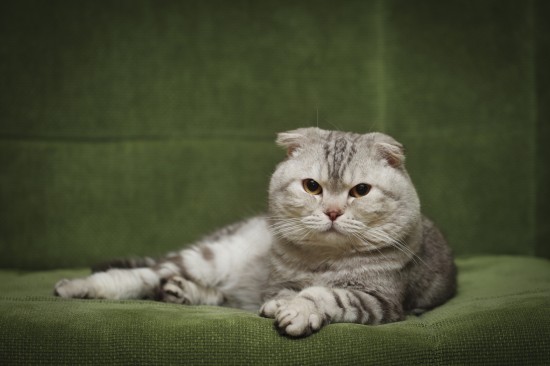 Is There A Difference Between Scottish Fold Cats & American Curl Cats?
Is There A Difference Between Scottish Fold Cats & American Curl Cats?
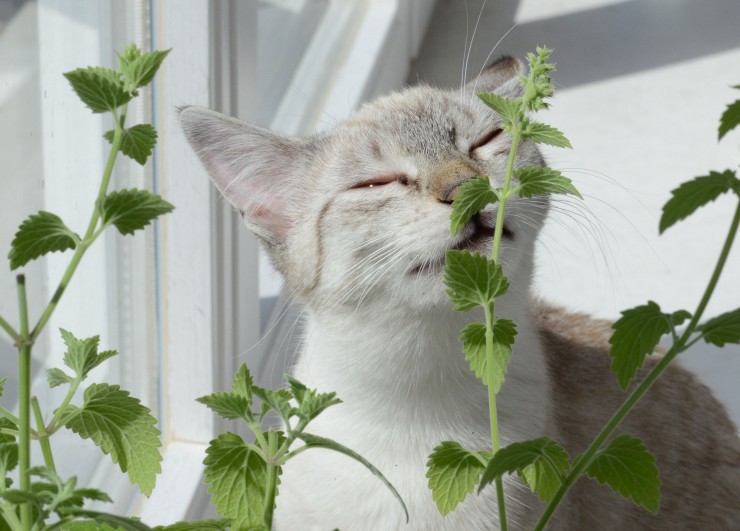 Why Some Cats React So Strangely To Catnip And Others Dont
Why Some Cats React So Strangely To Catnip And Others Dont
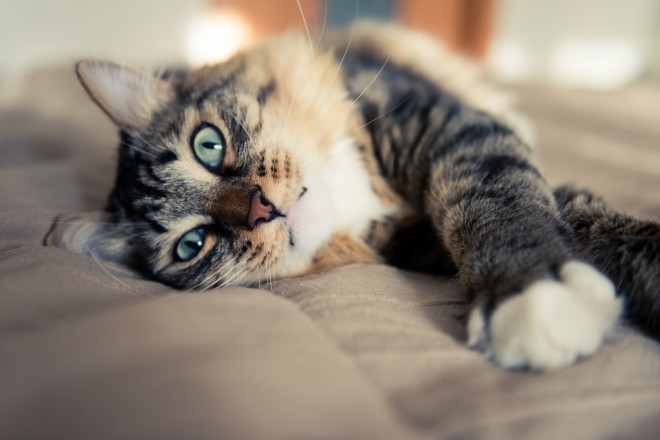 Hypertrophic Cardiomyopathy In Cats Explained
Hypertrophic Cardiomyopathy In Cats Explained
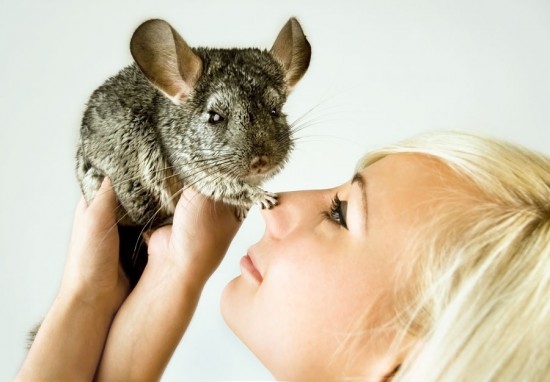 The Link Between Heatstroke And Seizures In Chinchillas
The Link Between Heatstroke And Seizures In Chinchillas
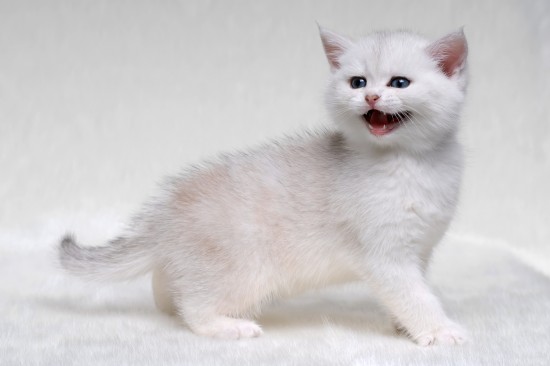 How To Ensure A Kitten Grows Up To Be A Confident Feline
How To Ensure A Kitten Grows Up To Be A Confident Feline
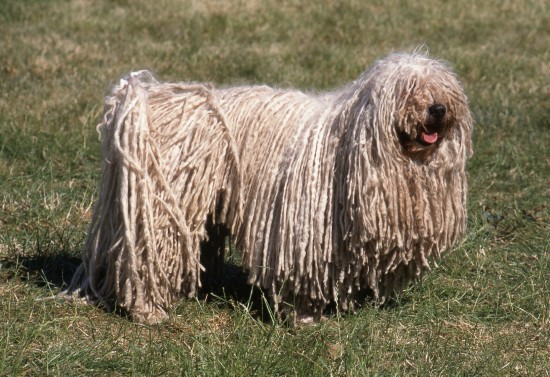 Dog Breeds With Dreadlocks!
Dog Breeds With D
Dog Breeds With Dreadlocks!
Dog Breeds With D
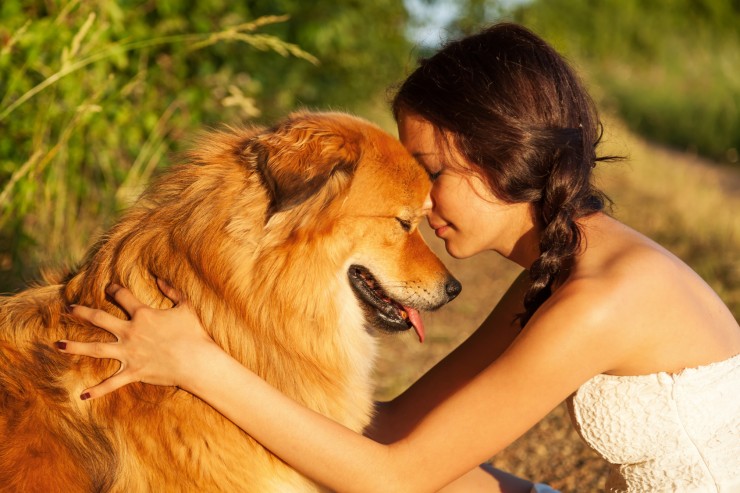 How To Get Your Dog Through A Health Scare Without Losing Your Mind
How To Get Your D
How To Get Your Dog Through A Health Scare Without Losing Your Mind
How To Get Your D
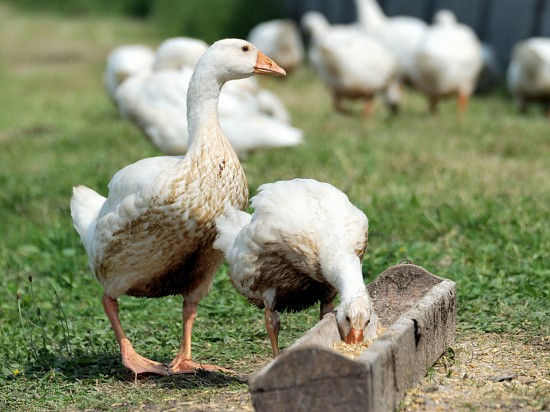 Keeping Geese - The Best And Most Natural Grass Control Ever
Keeping Geese - T
Keeping Geese - The Best And Most Natural Grass Control Ever
Keeping Geese - T
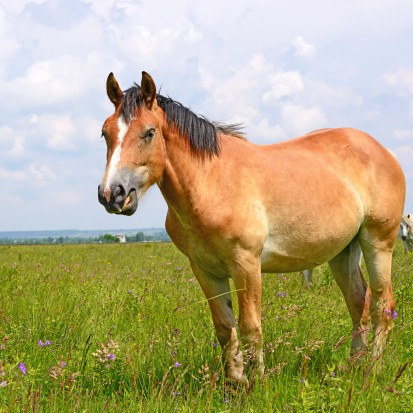 Symptoms & Treatment Of Ringworm In Horses
Symptoms & Treatm
Symptoms & Treatment Of Ringworm In Horses
Symptoms & Treatm
 Caring For Lined Seahorses (hippocampus Erectus)
Caring For Lined
Caring For Lined Seahorses (hippocampus Erectus)
Caring For Lined
Copyright © 2005-2016 Pet Information All Rights Reserved
Contact us: www162date@outlook.com